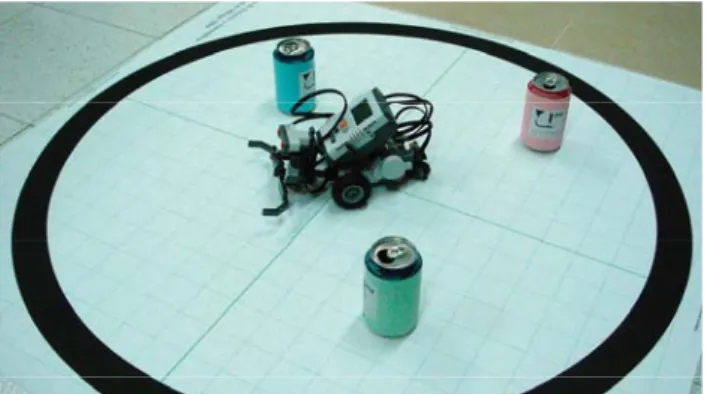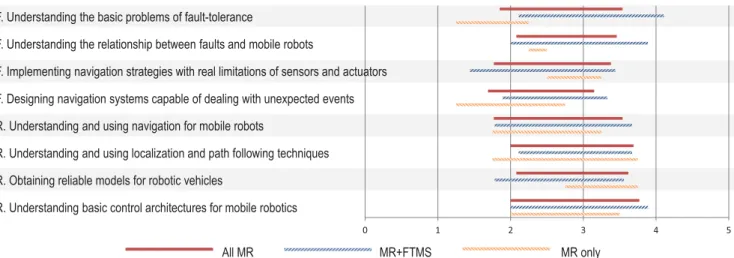Mobile Robot Lab Project to Introduce Engineering Students to Fault Diagnosis in Mechatronic Systems
Texto completo
Figure




Documento similar
The forth chapter, in order to increase the safe operation of the DFIG system a novel strategy is proposed for current sensor fault diagnosis based just on the measured current,
International Journal of Electrical Power and Energy Systems Engineering. International Journal of Electrical, Computer, and
These facts give an affirmative answer to the research question: Is it possible to improve the efficiency in TWC by using content created by other students in relation with
Finally we observe that several types of analysis can be con- ducted on the models built with this approach: (i) a performance model with a set of security requirements can be
The software design and the FT technique are eventually converted into blocks of Petri nets [3] (using well-known translation approaches [4,5]) and composed to get the
− If no SHIM6 context exists and there is no locator information associated with the destination CMULA cached (for example, because the application used directly IP addresses
The topological edge states emerging in driven topological superconductors are called Floquet Majorana bound states (FMBSs), because they are the analogous counterpart for
After analysing the causes for it and determining that the creation of a collection of resources for the study of educational reverse engineering activities in the area of